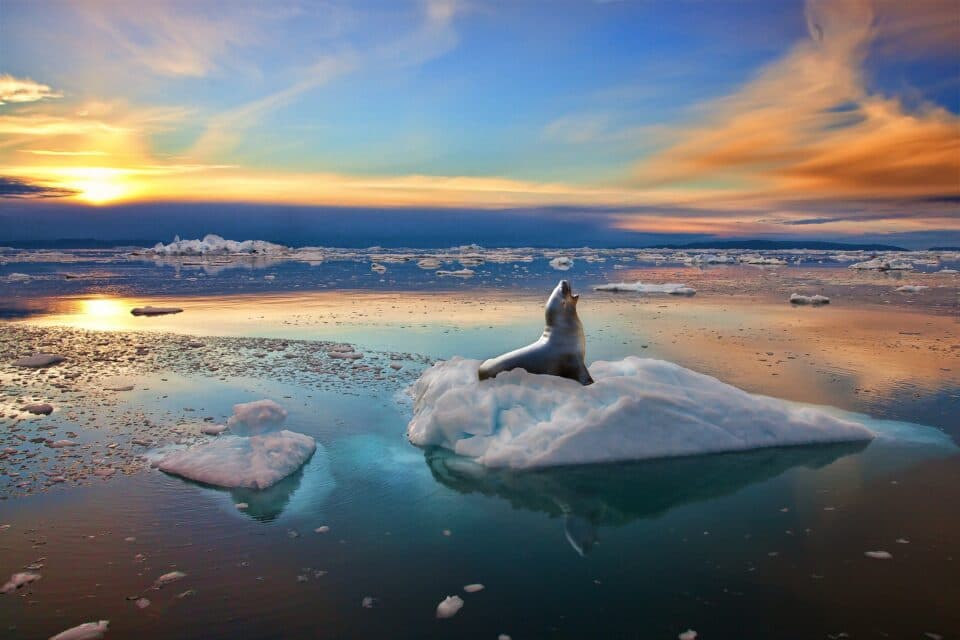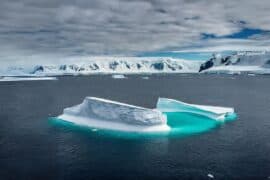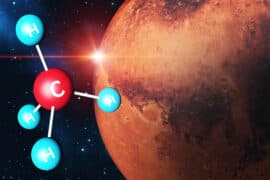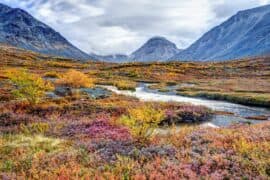
Arctic sea ice loss influences wildfires in the western US
A new study published in the journal Nature Communications has found a surprising connection between the worsening wildfires in the Western United States and Arctic sea ice loss. As polar ice melts from July to October, sunlight warms the increasingly iceless, surrounding areas, and ultimately brings heat and fire-favorable conditions to distant states such as California, Washington, or Oregon in late autumn and early winter.
“It’s not a perfect analogy, but teleconnections like this are a bit like the butterfly effect,” said study co-author Hailong Wang, an Earth scientist at the Department of Energy’s Pacific Northwest National Laboratory (PNNL).
“Climate conditions in one part of the world can, over time, influence climate outcomes from thousands of kilometers away. In our case, we find the Arctic region and the western United States are connected by this relationship. Regional land and sea surface warming caused by sea ice loss distantly triggers hotter and drier conditions in the West later in the year.”
By analyzing data on recorded sea ice levels from the last four decades, Wang and his colleagues discovered that, as Arctic sea ice melts and the surrounding regions warm, a vortex appears in the atmosphere above the heated areas, spinning counterclockwise like a cyclone. This powerful vortex pushes the polar jet stream out of its typical pattern, diverting moist air away from the western United States, and causing a second vortex to emerge. This new vortex, spinning clockwise, brings droughts, extreme heat, and fire-favorable conditions.
As the Arctic continues warming due to climate change, it can sharpen the contrast between these two distant yet connected systems, further exacerbating conditions in already wildfire-ravaged areas.
“This dynamics-driven connection warms and dries out the western United States region,” said study lead author Yufei Zou, a data scientist who was a postdoctoral fellow at PNNL when the study was conducted. “By uncovering the mechanism behind that teleconnection, we hope those in charge of managing forests and preparing for wildfires will be more informed.”
—
By Andrei Ionescu, Earth.com Staff Writer












